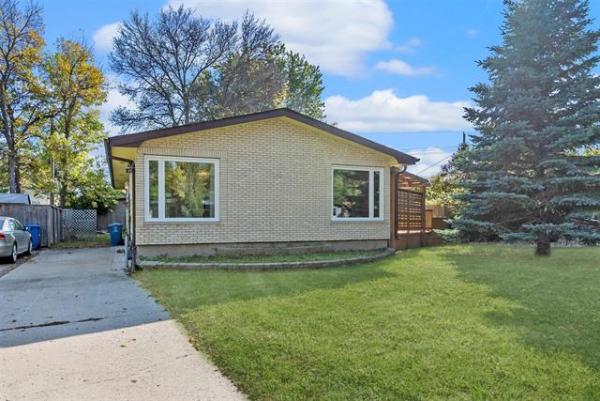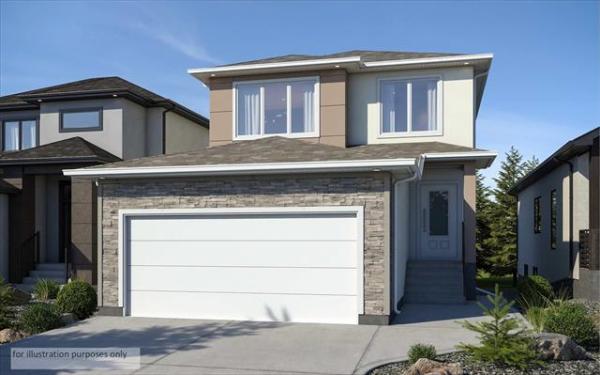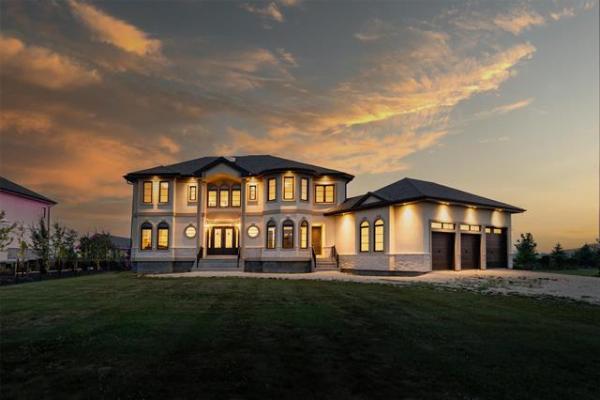QUESTION: I have a question about our house, which is about 25 years old. We purchased it and moved in five years ago. It is in North Kildonan near the Bunn's Creek area.
We were not made aware and did not notice at the time of purchase that the house has a slope to it. It tilts towards the front street. After we moved in and realized this, we contacted the sellers and were told that their agent said everyone who looked at this house should have been made aware of it, which unfortunately was not the case.
We really like the location and the layout, but have found the slope to be a source of frustration. We are just curious as to what, if anything, can be done about this. It would appear to us that anything to fix this would be extensive and expensive, but we really have no idea at all what the cause of this might be.
We don't know how to proceed, or if we should just leave it and when the time comes that we want to sell it, just hope for the best. Any thoughts or insights into this would be appreciated. Sheri Ward
ANSWER: I will certainly provide my thoughts on your issue, but I will warn you that you may not like my response. As you have stated, it is unfortunate that you did not notice the slope in the home before making your offer, as you are now forced to live with it. You are correct that repairs may be undertaken at considerable cost to lessen the slope, but there may also be some less-costly remediation you can do to minimize the problem.
It still never ceases to amaze me, with all the information available in countless forms, that many homebuyers are unaware of the potential pitfalls of what is likely the largest purchase of their lives.
Once you sign on the dotted line of an Offer to Purchase of a home, you are bound to the terms of that contract if the seller accepts your offer. If you have some specific conditions in that offer that have to be satisfied by either the seller or yourself, then there may be some wiggle room to change your mind if these conditions cannot be met.
One of these conditions should certainly be a home inspection completed to your satisfaction by a CAHPI Manitoba-accredited home inspector. Without the condition to have the home checked out for visible defects by an experienced home inspector, you are only relying on your own observations in the very brief time you looked at the home. Often that time is less than an hour, where you are primarily looking at suitability of the home for your lifestyle. Your brief look will likely focus on the kitchen, bathrooms and other amenities, but not necessarily the structure or mechanical components.
The slope that you discovered after moving into your new home would have been identified at the time of a standard home inspection and you could have decided then if it would have been enough of a deterrent to prevent you from completing the purchase. You may still have made the decision to buy the house, but at least you would have been aware of the sloping floor as well as the other amenities in the home. That would have allowed you to weigh the positive and negative features of the home and make an informed rather than hurried decision.
Now that my short lecture is concluded, we can address the sloping floor of your home. It is a little unusual to have a very noticeable slope in a home of that age, but not uncommon due to our soil conditions. The location of your home in an area with creeks and lots of mature trees, some of which would have been cut down to allow the construction of your home, makes movement more likely.
With many houses that have settled in one direction, there may be little concern other than the noticeably sloping floors. As long as portions of the house have not moved at different rates, known as differential settlement, then the slope may only be an inconvenience. Yes, it may cause some doors to rub on their jambs and furniture and appliances to sit awkwardly, but hundreds of older homes have these issues.
It is very common in older areas to see homes that have settled several centimetres, often to the front street, that are otherwise in good condition. Neighbourhoods like yours that are close to rivers and streams have lots of well-built homes in the same condition.
The one thing you may be able to do, without major structural repairs to the home, is to adjust the teleposts holding up the main beam or beams in the basement. As homes settle, these adjustable metal columns can create significant bumps in the middle of the floors. This may be due not only to the settlement at the perimeter foundation but also some heaving of the footings under these posts.
When this occurs, it can often make the sloping of the floors appear to be more dramatic due to the unevenness caused by the upward forces of the posts and beams.
The solution is to call an experienced general contractor or foundation specialist to slowly and carefully lower these teleposts as needed. This can be a relatively easy task if your home has a simple design with a single beam, or can be very difficult if you have a finished basement with multiple posts and beams. Ensure that anyone you hire has several years of experience in this area and does proper measurements and calculations to determine which posts need to be adjusted and by how much.
For the most part, pointing out a floor slope in a home more than a few years old is not the responsibility of a vendor or a Realtor unless you specifically request this information.
As long as nothing was deliberately done to cover up this condition, it is your job to inspect the property as thoroughly as you want before you make an offer to purchase. Without the assistance of a CAHPI home inspector or professional structural engineer, you are relying on your own very limited expertise and time to make this evaluation.
As you have stated, you can now only "hope for the best" and perhaps make some necessary telepost adjustment to minimize the sloping of the floors in your home.
Ari Marantz is the owner of Trained Eye Home Inspection Ltd. and the president of the Canadian Association of Home & Property Inspectors - Manitoba (www.cahpi.mb.ca). Questions can be emailed to the address below. Ari can be reached at (204) 291-5358 or check out his website at www.trainedeye.ca
trainedeye@iname.com



